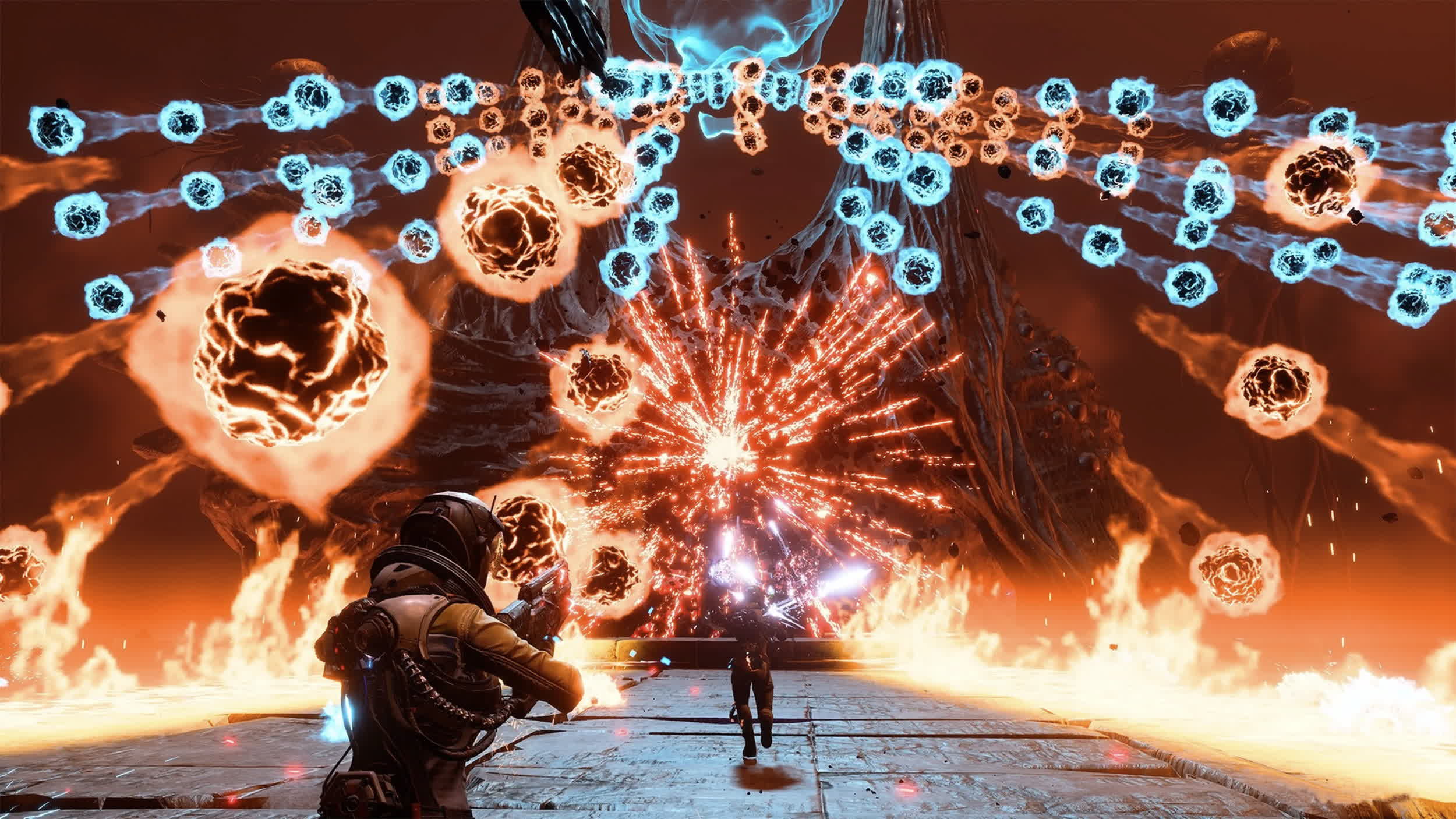What just happened? Ray tracing was supposed to be faster and smoother on AMD's latest GPUs, yet some demanding games still struggle. A closer look now points to the real reason behind the disappointing performance. It's not just hardware limitations at play – engine choices and driver quirks are also shaping the experience.

Radeon RX 9070, Radeon RX 9070 XT, and other RDNA 4-based cards should perform much better than they have. AMD's latest GPU architecture promises improved ray tracing performance, but real-world results tell a different story.
According to user reports, Unreal Engine 4 (UE4) games experience severe stuttering on Radeon 9000-series cards when ray tracing is enabled. Digital Foundry replicated these issues in a recent YouTube video, confirming significant frame rate drops and stuttering in UE4 titles.
The problem is especially severe in Hellblade: Senua's Sacrifice, where stuttering can last several seconds and effectively freeze the game. Digital Foundry and the gaming community speculate that RDNA 4's poor ray tracing performance may result from a hidden AMD driver bug that disrupts shader compilation. However, a more detailed analysis by another YouTuber likely uncovered the true culprit.
The YouTube channel Tech Yes City examined RDNA 4 performance in Hellblade, The Ascent, and other ray tracing-heavy games – some of which stuttered even on Nvidia cards. It discovered both Hellblade and The Ascent are based on the UE4 framework but use a fork of the engine optimized for Nvidia cards called NvRTX. Developers chose NvRTX over the vendor-agnostic DirectX Raytracing implementation, effectively forcing Radeon 9000 owners to run sub-optimized code on their new GPUs.
Developers likely chose NvRTX because Nvidia markets its "RTX Branch of Unreal Engine" as an easy way to integrate advanced graphics technologies into games. NvRTX includes GeForce-exclusive features such as DLSS, DLAA, Nvidia Image Scaling, and real-time denoisers, along with other AI-based enhancements.
Despite RDNA 4's notable improvements, AMD is still playing catch-up with Nvidia in ray tracing. Tech Yes City noted that RT effects in Hellblade and similar titles can tank frame rates regardless of GPU, and few RX 9070 owners are likely enabling the feature anyway. The channel also uncovered a bug in AMD's graphics drivers, an issue that should be far easier to resolve with a software update.
Unreal Engine ray tracing stuttering in AMD RDNA 4 GPUs linked to Nvidia-optimized game code